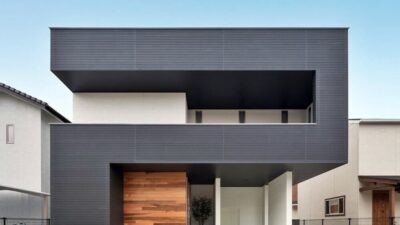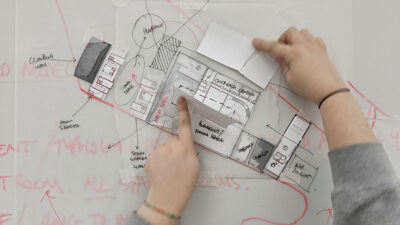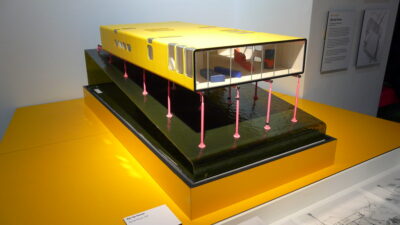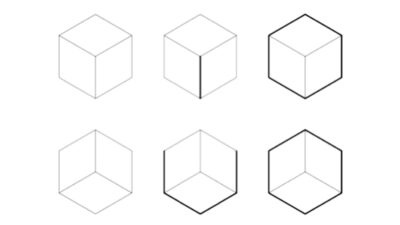Embarking on an architectural venture parallels navigating a complex journey, marked by distinct phases bridging imagination to tangible realization. Delving into the intricate layers of design phases in architecture resembles uncovering a captivating story where creativity, precision, and client visions converge.
Pre-Design + Project Establishment
Before the blueprint of creativity unfurls, architects lay the groundwork reminiscent of a canvas awaiting its masterpiece. This preliminary stage revolves around understanding client needs, formulating contracts, and conducting exhaustive research. Collating existing data and engaging with clients cultivates a sturdy foundation for the design’s genesis.
Concept + Schematic Design
Transitioning from groundwork to imagination, this phase resembles an artist’s palette. It encompasses the art of ideation, iterative refinements, and visual storytelling. Architects sculpt ideas into tangible representations, weaving together feedback to sculpt the design’s essence.
Design Development
Termed as the meticulous blueprint stage, where concepts evolve into practicality. Architects emphasize functionality, regulatory adherence, and detailed planning. Aligning designs with client expectations and fiscal boundaries takes precedence, defining the trajectory of the project.
Planning + Development Approval
Navigating the intricate landscape of regulations defines this phase, involving delicate liaison and meticulous application preparation. The adherence to stringent regulations and potential community engagements accentuates the complexity and importance of this stage.
Construction Documentation
Translating designs onto paper becomes an architectural testament. Architects meticulously craft detailed documents indispensable for builders. These blueprints serve as guides, outlining intricate project details and forming the bedrock for final building approvals.
Contractor Selection
At the crux of project success lies the pivotal selection of the right builder. Clear, comprehensive documentation streamlines this process, whether through negotiations, competitive tenders, or direct collaborations, defining the course of the project.
Contract Administration + Construction
With the commencement of construction, architects assume the role of vigilant overseers, ensuring adherence to design specifications. Effective communication channels between client and contractor streamline the intricate process of construction.
Defects And Post-Construction
The final curtain call involves a meticulous inspection and rectification of imperfections. Architects oversee the closing stages, ensuring client satisfaction and a seamless transition to project completion.
Unveiling the Essence of Design Phases
The trajectory of architectural design phases mirrors orchestrating a symphony, where each phase contributes a distinct harmony. Beyond mere aesthetic design, the seamless integration of client satisfaction, regulatory adherence, and precise execution elevates concepts into tangible realities.
What is an Architect? Delve into the multifaceted responsibilities within the architectural realm.
Additional Insights
Design phases epitomize the fusion of artistic creativity with functional practicality. Architects embark on a multifaceted journey, transcending abstract visions into palpable forms, embodying the essence of craftsmanship.
Amidst the intricate technicalities, the client remains the nucleus. Every phase intricately intertwines to meet their aspirations, ensuring that the project not only reflects architectural brilliance but resonates with the client’s envisioned legacy.
Conclusion
In the realm of architecture, each design phase is a unique stroke in the grand canvas of creation. The synergy between creativity, functionality, and client aspirations encapsulates the true essence of architectural prowess. Mastery of these phases isn’t just a journey; it’s the art of crafting legacies ingrained in innovation and structural marvels.











